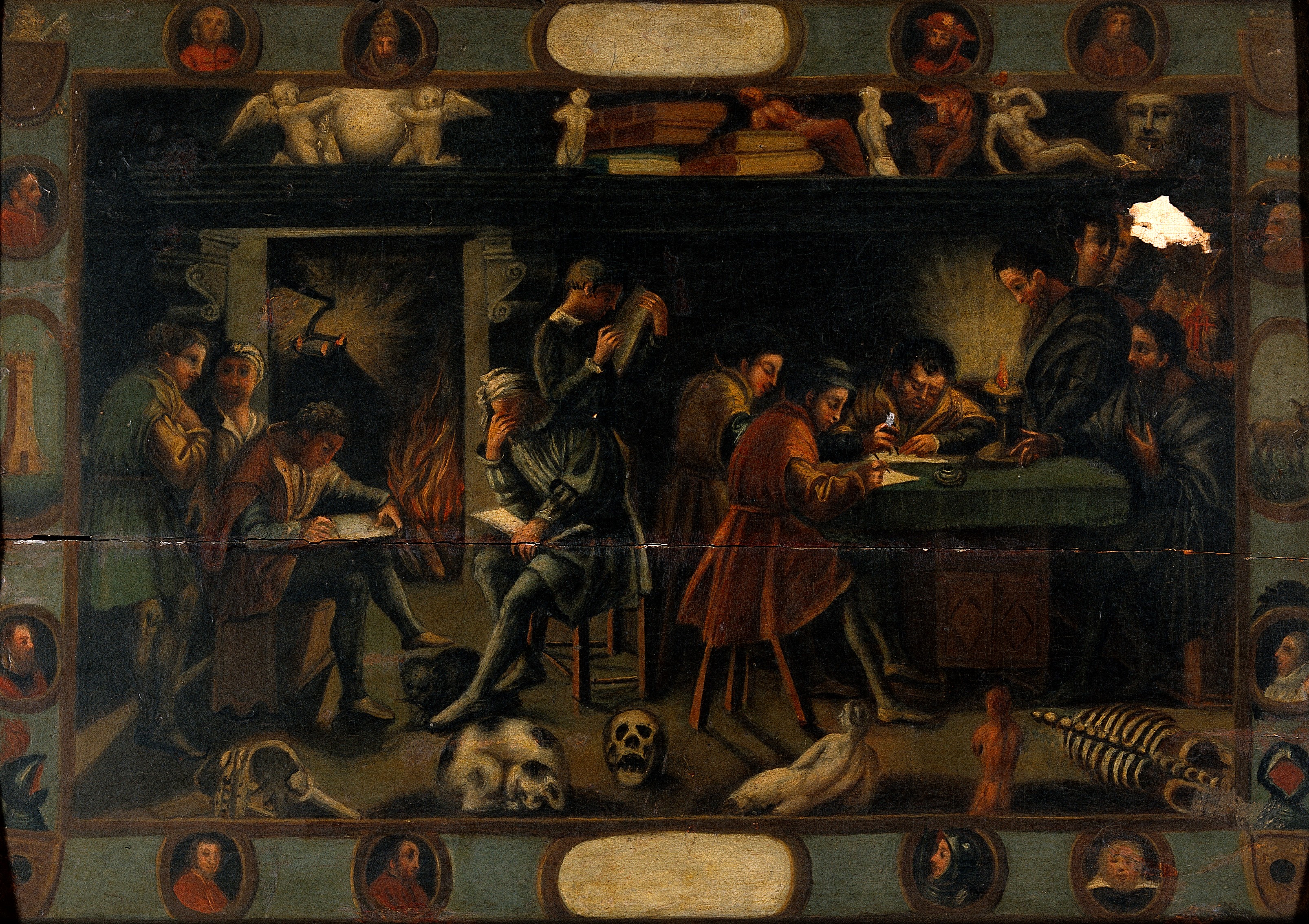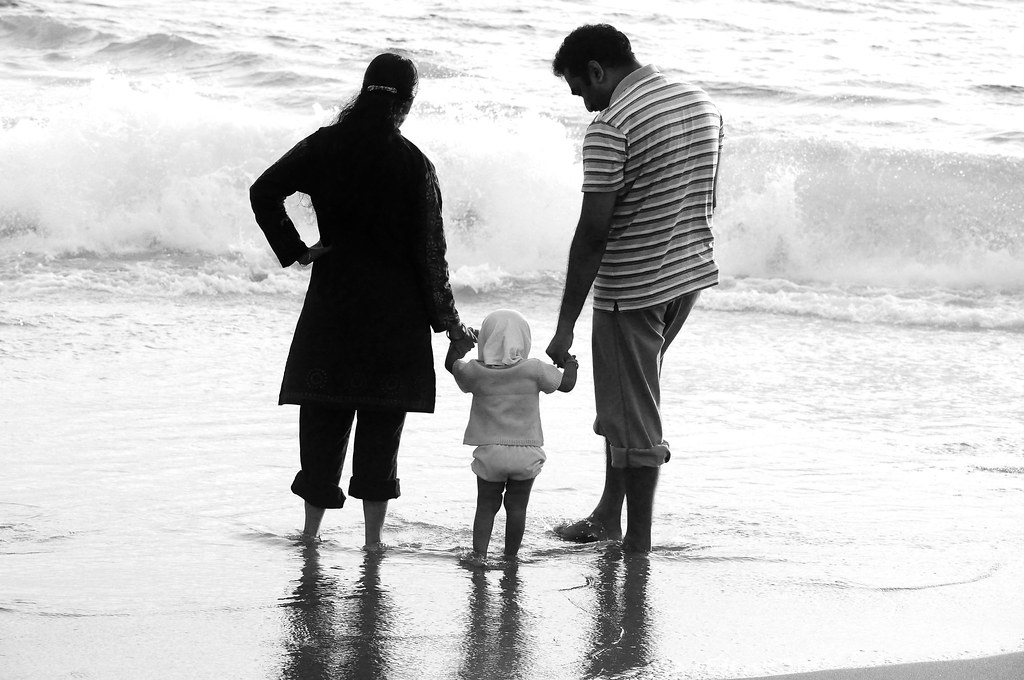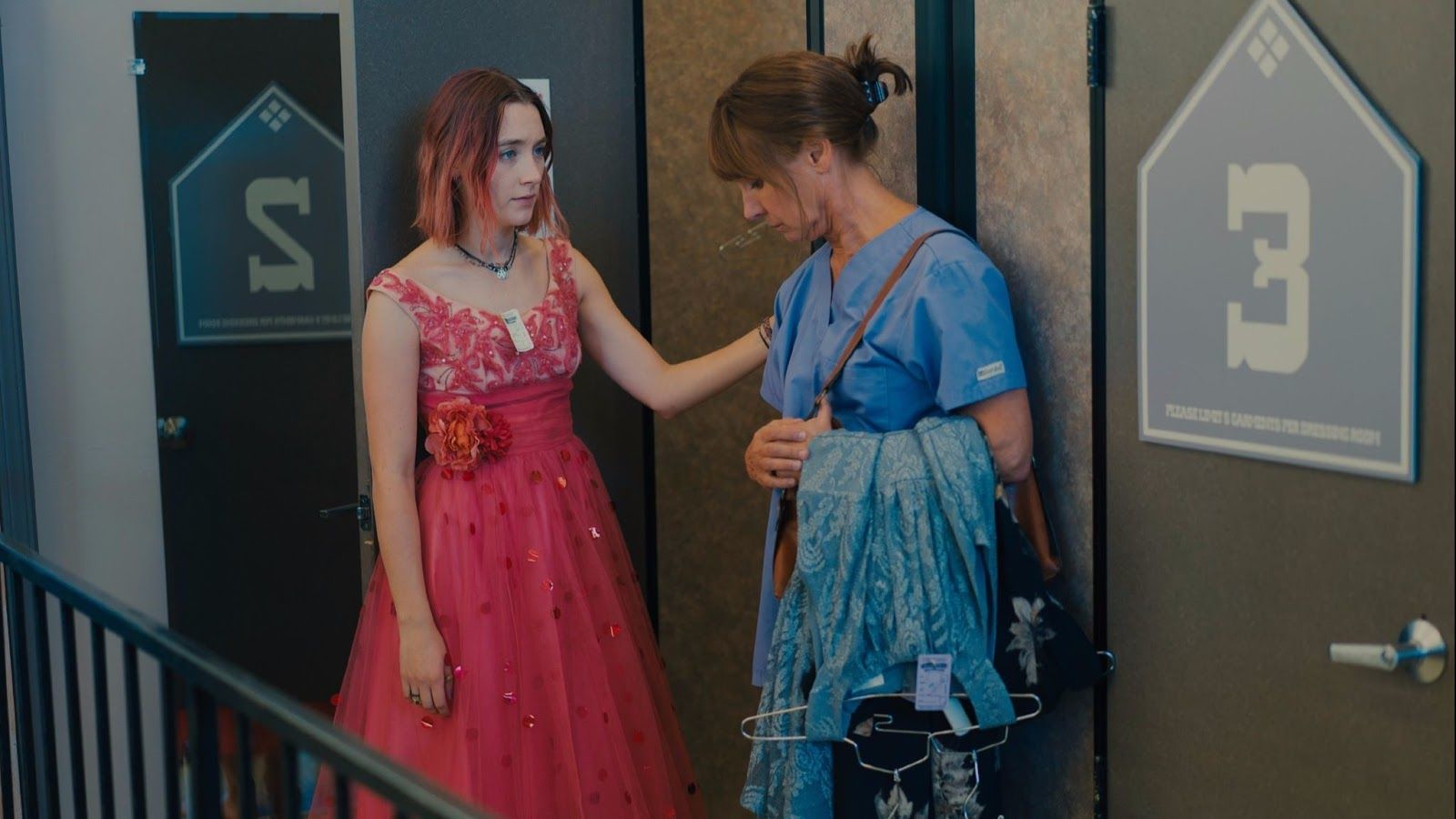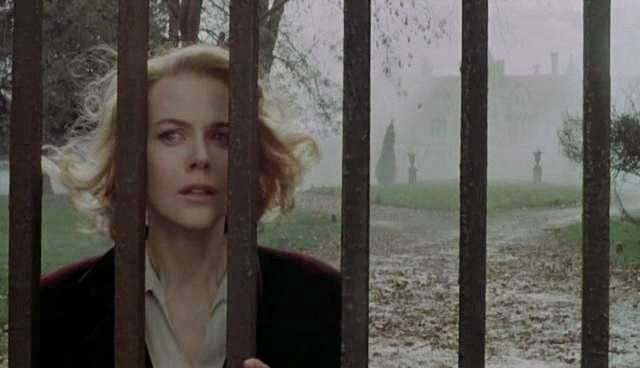Jacques Charrier, a French actor, film producer, and accomplished artist, passed away on Wednesday, September 3, 2025, at his home in Saint-Briac-sur-Mer, on the Brittany coast. He was 88 years old. His death was announced by France’s culture minister, Rachida Dati, who paid tribute to his “discretion and elegance.”
Charrier’s life was a complex tapestry woven with significant artistic contributions and intense public scrutiny, largely due to his high-profile marriage to the legendary actress Brigitte Bardot. For a few years at the end of the 1950s, he was the toast of France, celebrated as one half of the nation’s glamour couple. Yet, his personal journey also involved a quiet retreat from the intense glare of the spotlight, allowing him to cultivate a successful career as a painter and ceramist.
This article delves into the remarkable life of Jacques Charrier, exploring his artistic origins, his breakthrough into cinema, the tumultuous period of his marriage to Brigitte Bardot, and the challenges and shifts that defined his unique path, culminating in a life dedicated to artistic expression beyond the silver screen.

1. Early Life and Artistic Beginnings
Born Jacques Joseph Henri Charrier on November 6, 1936, in Metz, France, his early life was shaped by his father’s military career, with the family stationed in the city at the time. From a young age, Charrier displayed a distinct inclination towards the arts, a passion that would ultimately guide much of his professional and personal life.
At 17, Charrier embarked on a formal artistic education, enrolling at the School of Decor tive Arts in Strasbourg to study pottery. This initial pursuit of ceramics highlighted his innate curiosity and sensitivity to artistic creation, laying a foundation for his later endeavors in painting. His early engagement with visual arts preceded his foray into the dramatic arts.
Three years later, his focus shifted towards acting. He began studying at the National School for the Dramatic Arts in Paris, also known as the Blanche Street school, further honing his creative talents. This period marked a crucial transition, as Charrier prepared for a career that would soon bring him into the public eye.
Read more about: Paris: Unraveling the Incredible Story of the City of Light Through Centuries

2. Breakthrough on Stage and Screen
Charrier’s dedication to acting quickly bore fruit. After gaining a spot as an extra at the prestigious Comédie Française, he secured a significant role as the male lead in a dramatization of “The Diary of Anne Frank.” This stage performance at the Théâtre Montparnasse caught the attention of celebrated French filmmaker Marcel Carné.
Carné, known for directing classics like “The Children of Paradise,” spotted Charrier’s talent during the play. This pivotal encounter led to Charrier’s breakthrough in cinema. Carné cast him in the 1958 film “Les Tricheurs” (released in the United States as both “Young Sinners” and “The Cheaters”), a compelling story about decadent Parisian youth.
“Les Tricheurs” was a huge box-office success in Europe, catapulting Charrier into the spotlight. Le Monde described him as “a cross” between James Dean and Gérard Philipe, a French matinee idol, highlighting his charismatic screen presence. This film marked the true beginning of his prominent, albeit brief, cinematic career.
Read more about: From Telenovela Star to MCU Hero: Salma Hayek’s Unstoppable Journey Through Hollywood and Beyond!
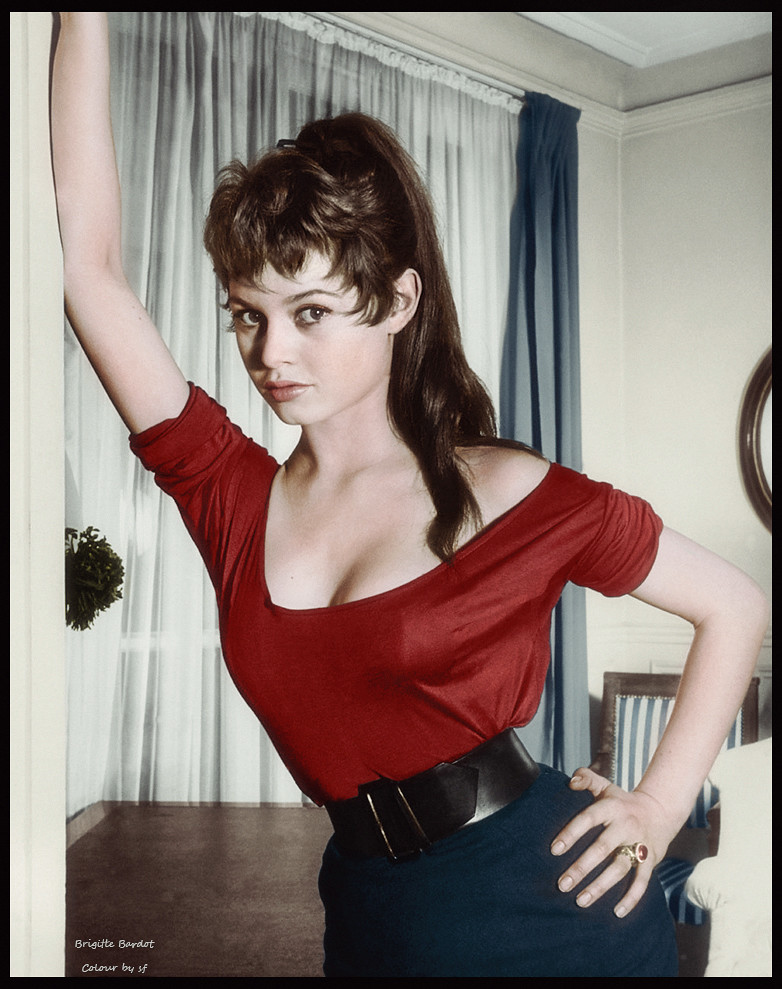
3. The “Babette Goes to War” Catalyst
His rising star quickly attracted the notice of the era’s biggest names. Brigitte Bardot, who had just achieved international symbol status with Roger Vadim’s 1956 film “And God Created Woman,” specifically requested Charrier to be her co-star in her next project. She insisted that he appear opposite her.
This led to their collaboration on “Babette Goes to War,” a World War II spoof released in 1959. In the film, Bardot played a housekeeper with a spy temperament, going on a mission with a handsome lieutenant played by Charrier. The on-screen chemistry between the two was undeniable, and the movie itself was a significant hit.
The film’s success and their working relationship proved to be a catalyst for a deeper connection between the two stars. The cinema, which “does not age,” immortalized their love story, culminating in a fictional wedding at the end of the film. This on-screen romance soon mirrored a real-life one, setting the stage for their celebrated union.
Read more about: Jacques Charrier: The Enduring Legacy of an Actor and Artist Beyond the Bardot Spotlight
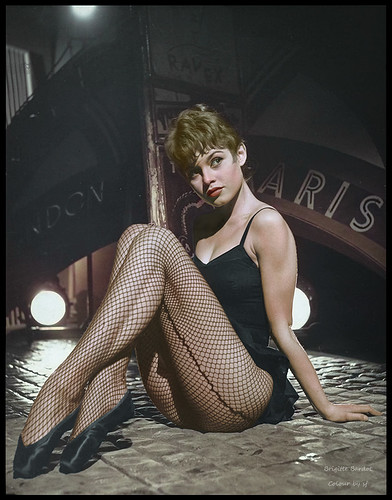
4. France’s Glamour Couple
The burgeoning romance between Jacques Charrier and Brigitte Bardot quickly made them France’s leading glamour couple of the late 1950s. Their relationship, following the success of “Babette Goes to War,” became an object of intense public fascination and media attention. Paris Match famously dubbed Charrier “the man the ladies find irresistible.”
Their wedding, which took place in June 1959 in the town of Louveciennes, was an extraordinary media event. It was completely overrun by a mass of reporters from “the five continents,” who swiftly overwhelmed the security guards. Even the traditionally staid Le Monde covered the event, meticulously reporting the exact time the couple exchanged vows: 11:30 a.m.
Photos from their wedding day depict the couple smiling widely for the cameras, appearing blissful. This moment of public adulation solidified their status as a photogenic pairing, embodying the romantic ideal for many across France and beyond. Their initial happiness, however, would prove to be tragically short-lived.
Read more about: Jacques Charrier, French Actor Who Navigated Stardom and Serenity, Dies at 88
5. The Strain of Stardom and Family
Beneath the glamorous façade, the reality of their marriage quickly turned sour. The idyll that captivated the public rapidly descended into bitterness. This unhappiness was significantly intensified by Brigitte Bardot’s pregnancy, an event that she later described in her 1996 memoir, “Initiales B.B.,” as “nine nightmarish months.”
Bardot made it unequivocally clear then and in subsequent accounts that the birth of her only child, Nicolas-Jacques Charrier, was deeply unwelcome. She expressed a profound disdain for the experience, writing in her memoir that she would have preferred “giving birth to a dog.” Nicolas was born on January 11, 1960.
This stark revelation from Bardot painted a difficult picture of their early family life and underscored the profound emotional challenges they faced. Charrier and Bardot posed with their newborn son, Nicolas, in 1960 for photographs, but these public appearances belied the deep personal strife and her publicly expressed regret over the child’s arrival.
Read more about: Unpacking the ‘Manipulative’ Label: 7 Revealing Insights from Sofia Coppola’s ‘Priscilla’ and the Memoirs That Inspired It

6. Personal Crises and Divorce
The emotional turmoil within their marriage escalated dramatically following Nicolas’s birth. In 1960, Jacques Charrier was hospitalized for nervous depression, an event that was widely covered by Le Monde, which assured its readers that his condition was not serious. Around the same time, Ms. Bardot herself attempted suicide, further highlighting the severity of their personal crises.
These deeply personal struggles, exacerbated by the relentless public glare, led to the inevitable dissolution of their marriage. The couple officially divorced in 1963, a decision that brought an end to their highly publicized but troubled union. The separation marked a significant turning point in both of their lives.
A bitter custody battle ensued, with Charrier ultimately gaining custody of their son, Nicolas. This outcome meant that Nicolas would be raised by Charrier and his family. For the onetime movie idol, this period of personal upheaval coincided with the beginning of a slow slide into obscurity in his acting career.
Read more about: Gisele Bündchen’s Journey: Unpacking the Supermodel’s Life, Loves, and the Evolution Leading to Her Split from Tom Brady
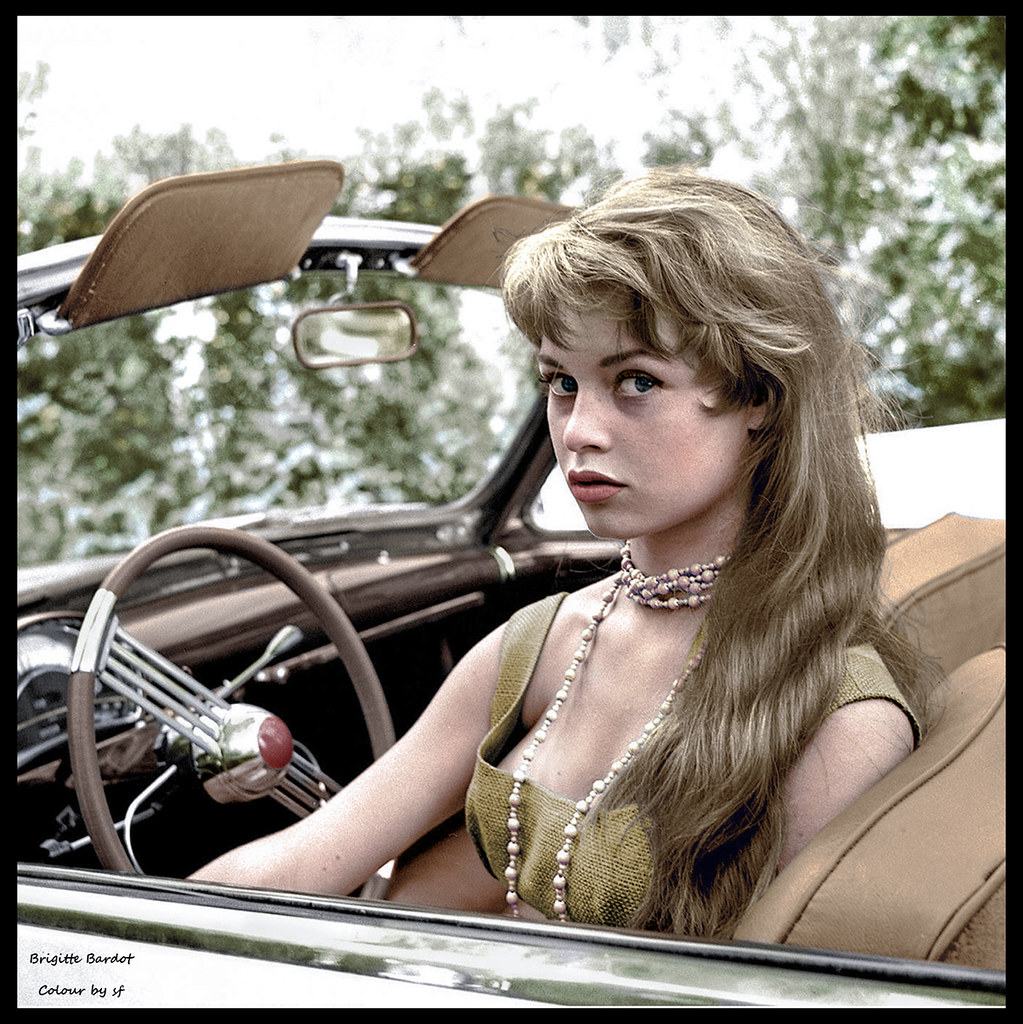
7.*The Algerian War Controversy
In the fall of 1959, shortly after his marriage to Brigitte Bardot, Jacques Charrier briefly became the focus of a national security debate in France. At the time, France was deeply embroiled in the Algerian War, and military service was a sensitive topic. Charrier’s situation quickly drew intense public scrutiny.
French newspapers reported that Charrier was reportedly finishing a film and claiming medical exemptions, rather than serving in his regiment as expected. This sparked outrage among some public figures, leading Roland Boudet, a Gaullist deputy, to publicly denounce Charrier on the floor of Parliament, a moment met with “applause and laughter,” as reported by Le Monde.
Mr. Boudet questioned the government’s commitment to equal treatment for all recruits, regardless of their social standing, stating, “I would like to know what measures the government intends to undertake so that all of our recruits are treated exactly the same, even when they emerge from the world of high fashion or the arms of a big star.” This episode placed Charrier at the center of a politically charged controversy, further complicating his early career in the public eye.
Read more about: Jacques Charrier, French Actor Who Navigated Stardom and Serenity, Dies at 88

8. Career Beyond Bardot: A Continued Presence in Cinema
Following his highly publicized divorce from Brigitte Bardot in 1963, Jacques Charrier continued to work in the film industry, acting in over a dozen films throughout the 1960s and 1970s. This period saw him collaborating with some of French cinema’s most acclaimed directors, a testament to his enduring talent despite the personal turmoil and the fading glare of celebrity.
His roles during this era included appearances in works by influential filmmakers such as Claude Chabrol. Charrier featured in Chabrol’s contribution to the portmanteau film ‘The Seven Deadly Sins’ (L’avarice, 1962), and later took on the role of an obsessed journalist in Chabrol’s ‘The Third Lover’ (L’oeil du Malin, 1963). These collaborations positioned him within the New Wave movement, showcasing his versatility.
Charrier also worked with other notable directors of the time. He appeared in Jean-Luc Godard’s segment, ‘Anticipation, ou l’Amour en l’An 2000,’ for the 1967 anthology film ‘Le plus vieux métier du monde’ (The Oldest Profession). Additionally, he cameoed in Agnès Varda’s ‘Les créatures’ (1966) and worked with André Cayatte on ‘Conjugal life.’ His cinematic contributions extended to the Hindi hit ‘An Evening in Paris’ (1967).
Notably, Charrier had made a pivotal career decision earlier by turning down the leading role of Tom Ripley in René Clement’s thriller ‘Purple Noon’ (Plein soleil, 1960), a film based on Patricia Highsmith’s novel. He explained at the time that Ms. Bardot was pregnant. The role subsequently went to Alain Delon, who achieved significant stardom from the film.
Read more about: Rewind to the Sixties: Unveiling 14 Legendary Actresses Who Defined an Era and Captured Hearts

9. **Transition to Film Production and Retirement from Cinema
As the 1960s drew to a close, Jacques Charrier began to explore a new facet of the film industry: production. In 1969, he ventured into this new profession, co-founding Les Films Marquise, a production company, with fellow performer Jean-Claude Brialy. This move reflected a desire for more creative control and a shift in focus from acting alone.
During his time as a producer, Charrier was involved in the creation of seven films. Among these, he produced three for his friend Jean-Claude Brialy, including ‘Eglantine,’ ‘Closed Shutters,’ and ‘The Rare Bird.’ This period represented a significant commitment to shaping cinematic projects from behind the scenes, rather than solely in front of the camera.
However, his tenure as a film producer came to an abrupt end in 1975. A film he produced, ‘Il Pleut sur Santiago,’ which centered on the 1973 coup in Chile and starred Jean-Louis Trintignant, unfortunately bombed at the box office. Le Monde critiqued the film, describing it as being ‘spoiled by its didacticism.’
The commercial failure of ‘Il Pleut sur Santiago’ proved to be a turning point for Charrier. Following this experience, he made the decision to quit the movie business entirely, signaling an end to his active involvement in cinema. This marked a significant departure from his public life as an actor and producer, paving the way for a new chapter.
Read more about: Robert Redford’s Love Story: Why His Wife Never Watched His Films & Their Decades of Private Devotion

10. **Reconnecting with Artistic Roots: The World of Ceramics and Early Painting
Upon his departure from the film industry in 1975, Jacques Charrier made a deliberate return to his earliest artistic inclinations. Having studied pottery at the School of Decorative Arts in Strasbourg at 17, his passion for visual arts had always been a foundational element of his creative identity, predating his acting career.
He redirected his focus towards ceramics and, more significantly, painting. This re-engagement with fine art represented a conscious decision to pursue a quieter, more personal form of artistic expression, away from the intense public scrutiny that had defined much of his earlier life. His innate curiosity and sensitivity were once again channeled into tangible artistic creation.
In the subsequent years, Charrier began to exhibit his work, demonstrating a renewed dedication to his craft. His paintings and ceramics found audiences in various locations, initially establishing his presence within the art community. These early exhibitions laid the groundwork for a successful and fulfilling career as an artist.
His decision to return to art was not merely a hobby but a serious commitment. France’s culture minister, Rachida Dati, noted that from the 1980s onwards, Charrier “turned to painting, thus reconnecting with his first relationship with artistic creation,” highlighting the depth of this artistic evolution.

11. **A Dedicated Artist: Formal Training and Significant Exhibitions
Charrier’s commitment to painting deepened further in the 1980s. He enrolled at the Beaux-Arts de Paris school in 1980, undertaking formal training to refine his techniques and expand his artistic horizons. This period of study underscored his serious dedication to painting as his primary professional pursuit, moving far beyond his past as a movie star.
His artistic endeavors led to numerous exhibitions of his paintings in prominent galleries and cultural institutions across the globe. He showcased his work in significant art centers such as Paris, Geneva, San Francisco, and Miami, garnering admiration within France’s art circles and beyond. His exhibitions demonstrated a consistent output and a distinct artistic vision.
One of his most notable artistic achievements was a series of 282 paintings inspired by the Code of Hammurabi. This extensive collection was exhibited at Unesco Paris in 1996, highlighting his intellectual engagement and historical appreciation through his art. This series exemplified his ability to translate complex themes into compelling visual narratives.
His final public exhibition was a moving retrospective titled “Un sourire à la vie” (A smile at life). This show was held in July, preceding his death, in his adopted hometown of Saint-Briac-sur-Mer. It offered a comprehensive look at his artistic journey, reflecting both intimate reflections and a search for harmony, as described by Culture Minister Rachida Dati.
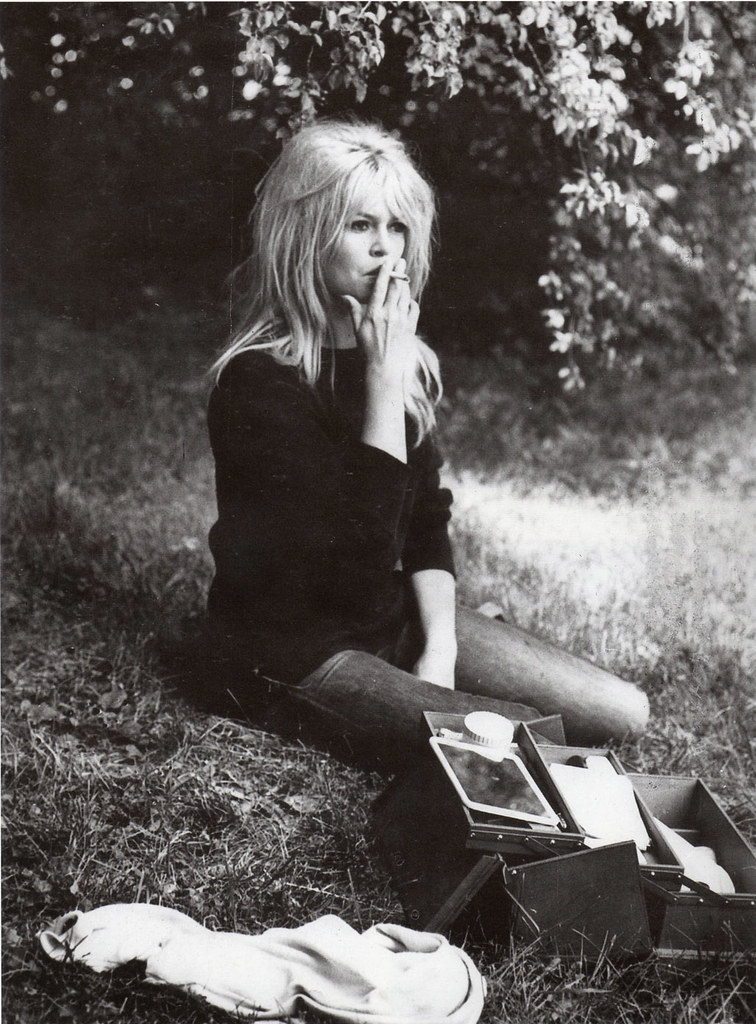
12. The Memoir Controversy: Brigitte Bardot’s Public Accusations
After nearly three decades of living a discreet life largely out of the public eye, Jacques Charrier was unexpectedly drawn back into a national controversy in 1996. This occurred with the publication of Brigitte Bardot’s memoir, “Initiales B.B.,” which included extensive passages that were highly critical of him and their son, Nicolas.
Bardot’s memoir contained exceptionally harsh language regarding their relationship and the birth of their child. She wrote of her pregnancy as “nine nightmarish months” and expressed a profound disdain for the experience. Her most widely quoted and controversial statement was that she would have preferred “giving birth to a dog” instead of Nicolas.
The book also included a section that viciously attacked Charrier, portraying him as a “bourgeois loser, a freeloader and an egotist.” She recounted her feelings upon Nicolas’s birth, stating, “when he was presented to her at his birth, ‘I started to cry, begging that he be taken off of me’.” These remarks caused significant distress and public outcry.
These statements, particularly those concerning their son, deeply bruised Charrier and Nicolas. The memoir’s content reignited public interest in their turbulent past, framing Charrier in a highly negative light and disrupting the quiet life he had cultivated for himself as an artist. The public nature of these accusations led to a swift legal response.

13. Charrier’s Public Reply and Legal Defense
In response to the damaging revelations and accusations in Brigitte Bardot’s memoir, Jacques Charrier took legal action. He sued Bardot, seeking damages for violation of privacy and demanding the suppression of the 80 pages devoted to him and his son within the best-selling book. The legal battle brought their private disputes back into the national spotlight.
While Charrier and Nicolas were awarded modest damages for the violation of their privacy, the court did not order the suppression of the incriminated passages. By the time the verdict was reached, Bardot’s book had already become a best-seller, ensuring widespread dissemination of its contents despite the legal challenge.
Not long after the release of her memoir, Charrier published his own book in 1997, titled “Ma Réponse à Brigitte Bardot” (“My Reply to Brigitte Bardot”). He stated that he had published his book “for my children, to re-establish the truth,” driven by a desire to defend his and Nicolas’s reputation against Bardot’s assertions.
In his response, Charrier sought to counter Bardot’s narrative. He revealed that the star, known for her far-right political sympathies, had given him her father’s library, which included a signed copy of “Mein Kampf.” Bardot subsequently countersued Charrier over this revelation, but she ultimately lost her case, solidifying Charrier’s narrative in the public discourse.
Read more about: Jacques Charrier: The Enduring Legacy of an Actor and Artist Beyond the Bardot Spotlight

14. **A Peaceful Retirement and Enduring Artistic Legacy
Despite the renewed public attention from the memoir dispute, Jacques Charrier largely managed to withdraw back into a quiet, private existence. About a decade before his passing, he retired peacefully to the seaside village of Saint-Briac-sur-Mer, on the Brittany coast, a place where he had lived for more than ten years and cultivated his artistic pursuits.
In Saint-Briac, Charrier lived discreetly, focusing on his art away from the constant scrutiny of celebrity culture. France’s culture minister, Rachida Dati, paid tribute to his “discretion and elegance,” which would “remain in our memories,” underscoring the manner in which he navigated his later years.
He is survived by a loving family, including his son Nicolas, his fourth wife, the Japanese photographer Makiko Kumano, and three daughters from earlier marriages: Marie, Sophie, and Rosalie. He also leaves behind several grandchildren, signifying a rich and enduring personal legacy despite his complex public life.
Jacques Charrier passed away on Wednesday, September 3, 2025, at his home in Saint-Briac-sur-Mer, at the age of 88. His life, a unique blend of cinematic stardom, public controversy, and profound artistic dedication, concluded with a quiet dignity, leaving behind a body of work that reflected his multifaceted talents and unwavering commitment to artistic expression.
Read more about: The Truth About Brad Pitt & Angelina Jolie’s Daughter Zahara
Jacques Charrier’s journey, from a promising young actor swept into the maelstrom of celebrity to a dedicated artist finding solace and success in painting, offers a compelling narrative of resilience and personal reinvention. His ability to navigate immense public scrutiny, including a high-profile marriage and a national debate, while ultimately returning to his artistic roots, speaks volumes about his character. Through his art, Charrier cultivated a lasting legacy that transcended the fleeting fame of his early years, proving that true artistry can flourish even after the brightest spotlights dim.

